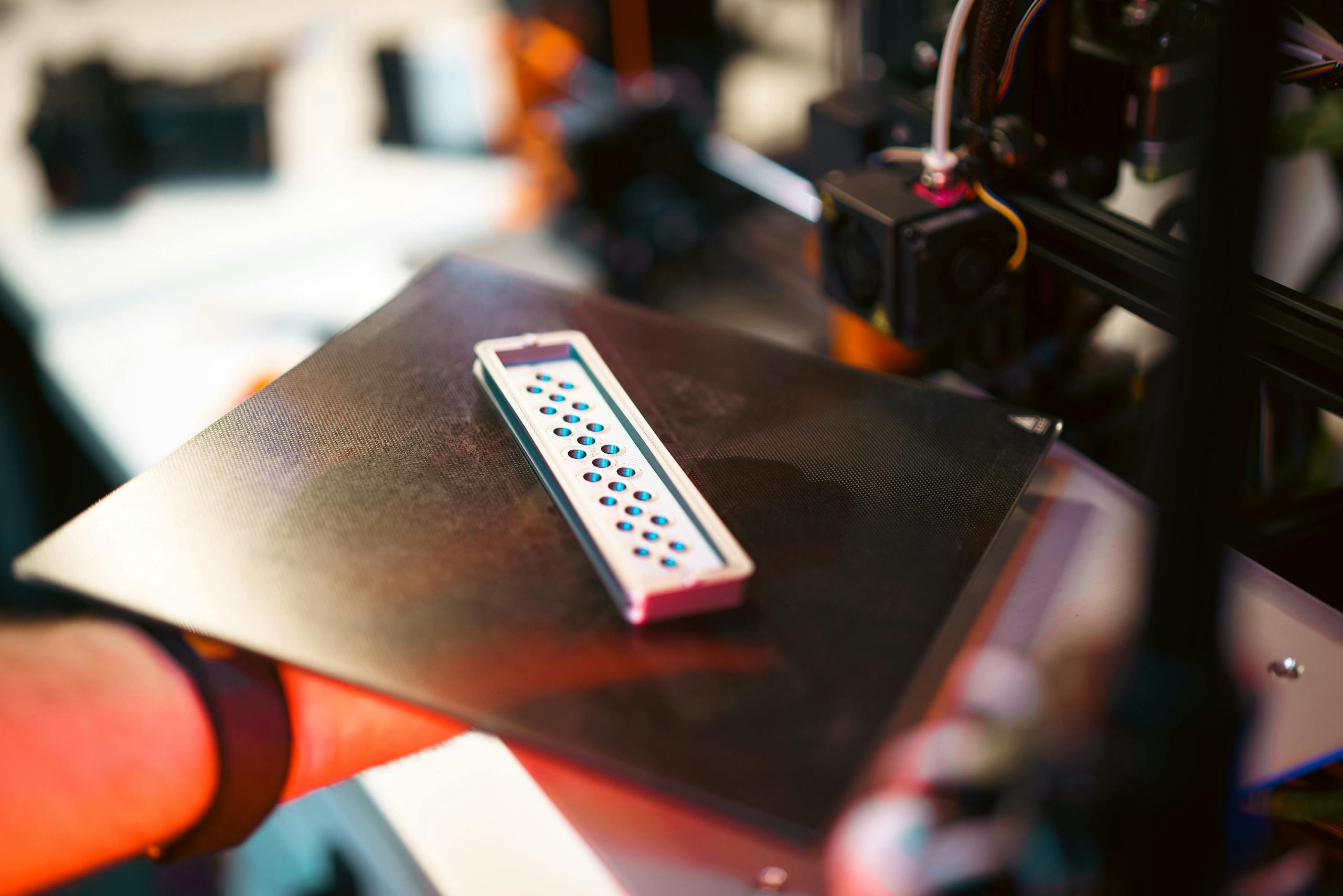How to Access Data from Drives Not Recognized by Windows Explorer
If you’ve encountered a situation where your drives are not showing up in Windows Explorer but are visible through data recovery software like Disk Drill or DMDE, you are not alone. Many users face similar challenges, especially when drives appear as unallocated or uninitialized. Here’s a guide on how to effectively recover your files in such situations.
Understanding the Issue
When Windows Explorer fails to recognize a drive but data recovery tools can still identify files, it often indicates that the partition may be corrupted or the drive is improperly initialized. Essentially, while the data remains intact, the drive’s structure is damaged, preventing normal access.
Steps to Recover Your Files
-
Backup and Prepare: Before proceeding with any recovery attempts, it’s advisable to create a backup of the drive if possible. Utilising another drive can be beneficial, particularly for transferring recovered files.
-
Using Data Recovery Software: Since your files are identified by recovery tools, utilize these applications to recover your data. Here are some suggestions:
- Scan for lost partitions: Use the software’s option to scan for lost or deleted partitions. This might help in recreating access to your data.
-
Undelete Option: Although some users may find this option missing, ensure that you’re using the most updated version of the software and double-check that you are applying it to the correct drive.
-
Check Drive Status: Use software to inspect the drive’s status. If it shows as unallocated space, consider utilizing partition management tools to see if any partitions can be detected and restored.
-
Seek Professional Help if Necessary: If the above steps do not yield results, consider reaching out to professional data recovery services. They possess specialized tools and experience that can significantly enhance the chances of recovery.
Final Thoughts
Navigating through drive recognition issues can be frustrating, but with the right approach, you can retrieve your precious data. Remember to always handle drives carefully and maintain regular backups in the future to avoid similar stress. If you have additional questions or need further assistance, feel free to share your experiences in the comments below. Your input could help others facing the same dilemma!
This revised content offers a structured and professional approach suitable for a blog post, improving the clarity and guidance on the issue at hand.
Share this content:




Hello, thank you for reaching out regarding your drives not appearing in Windows Explorer but being visible in Disk Drill and DMDE. This situation usually indicates that the drives are recognized at a data level but Windows isn’t mounting or recognizing their partitions correctly.
Based on your description and the article you’ve referenced, here are some steps you can take to attempt to bring your drives online and access your data safely: